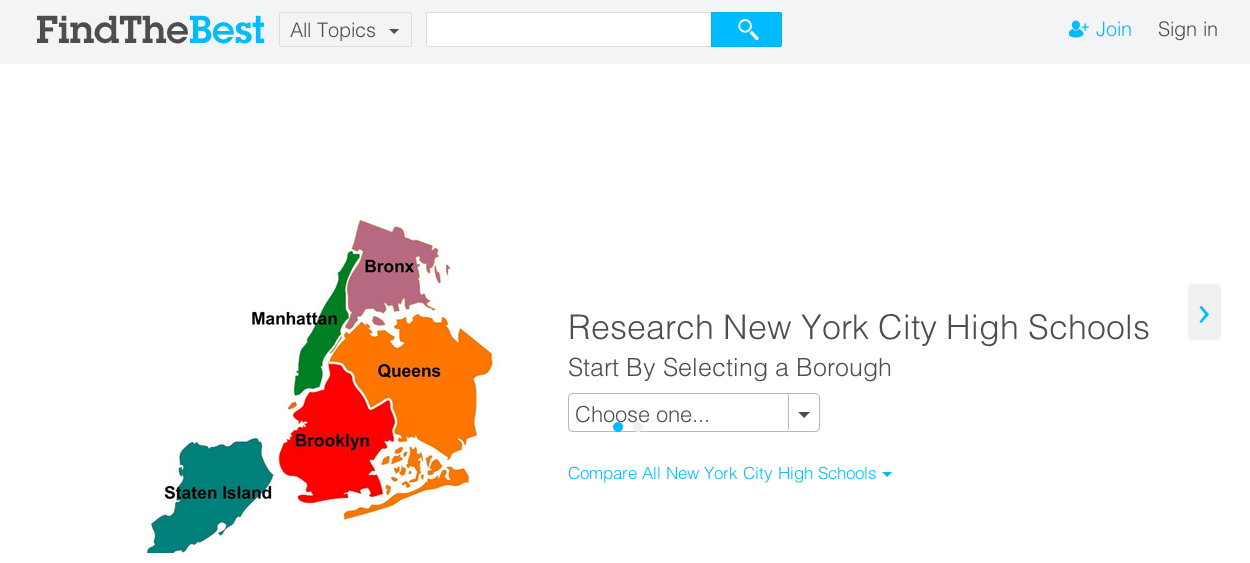
Our schools need every edge they can get to improve education. Fortunately, there is a massive amount of data out there that may be able to help. Every year districts, states, and multiple federal organizations collect non-personal education data (data that could never be used to identify an individual student). The most common form of data collection is used to track academic progress at the highest levels, but other data collected includes financial aid trends, learning resources and grant applications, among many others. Only recently have governments started to make all of this data public, allowing others to analyze it in a variety of ways, and the results are promising.
Open data has the potential to bring tremendous value to education. A recent McKinsey report estimates that open data could help add between $890 billion and $1.22 trillion of economic value in education annually, and $3.2 -$5.4 trillion for the entire economy. The report points out that open data not only increases efficiency, but also “benefits consumers even more than businesses by creating price transparency, as well as new channels to provide feedback that improves the quality of goods and services.” Recent initiatives at the federal and local level highlight a small portion of the potential value open data can bring to our schools.
Education Datapalooza, a federal initiative led by the White House and Department of Education, is transforming the way we use U.S. education data. The initiative was first launched in 2012 and gathers America’s best in education, policy, and technology. The event is gaining momentum as attendance this year was four times that in 2013. More impressive are its outcomes: 50 organizations gave live demos of products that leverage federal education data to empower students and families to make informed decisions about their education. Edsurge provides a great highlight reel of these products, including ones that help students navigate the college process, financial aid, and the evaluation of offers from different colleges (higher education was the central focus this year). All of these products are working to lower costs or create higher quality experiences for students, allowing them to achieve greater value in their education.
Federal initiatives are paving the way for local districts to follow suit. In past years, New York City’s high school selection process has often been considered overwhelming, mainly due to applicants’ inability to access good information. An EdWeek blog cites the previous information delivery method as a “phonebook-like print directory available to page through for information on academics, test scores, curricular offerings,” etc. Armed with a small amount of seed capital and a large amount of non-student level data, NYC sponsored six groups to develop a better solution. FindTheBest, a young California tech company, provided the most helpful tool, which simplifies an overwhelming amount of information to make easy comparisons of NYC high schools. For $12,000, NYC was able to save immeasurable amounts of time and stress for 75,000 NYC 8th graders and their families. Add that to the value of students and families being able to make better choices for their education and open data has provided an incredible return on investment.
States and districts are starting to see more value in open data, but there’s still a lot of work that needs to be done. More and more examples are appearing of governments leading open data initiatives: Colorado on the state level, the city of Miami, and Philadelphia and Clark County as school districts. While publishing this data helps with accountability, more action is needed to achieve higher economic value. Federally, initiatives like the Common Education Data Standards enable unique data sets that provide insight into how US education is performing at a high-level. States and districts could make this data more rich and meaningful by adding additional detail, like that of technology purchasing.
More specifically, sharing purchasing information could also help districts leverage buying power. Some of the largest districts have budgets the size of Fortune 500 companies and can leverage them to their advantage, but what about the other 13,900 districts? Since there’s a high degree of redundancy in district purchasing, districts could attain volume discounts by buying together. In 2013, Jeff Mao of Maine’s Learning Technology Initiative was able to join forces with Hawaii and Vermont to purchase education technology devices. Although it took a great deal of time and effort, these states combined buying power to lower device costs. Through improved data structures and shared practices, these efforts could be made exponentially easier and allow all districts the opportunity to buy together.
Following the lead of Education Datapalooza and NYC, governments should seek ways to add value through open data. Early initiatives have shown that we’re on the right track of utilizing open data to improve American education, but more information must be shared and more must be done with it before we can deliver the value our students truly deserve.

